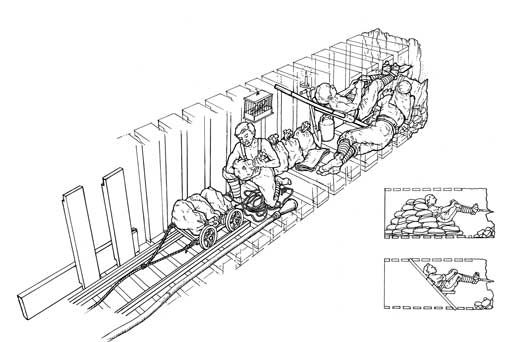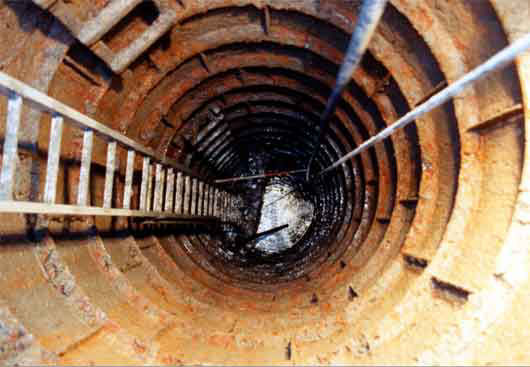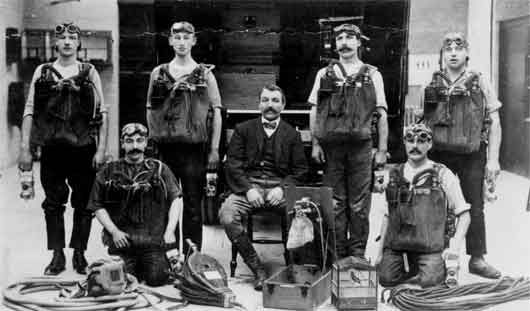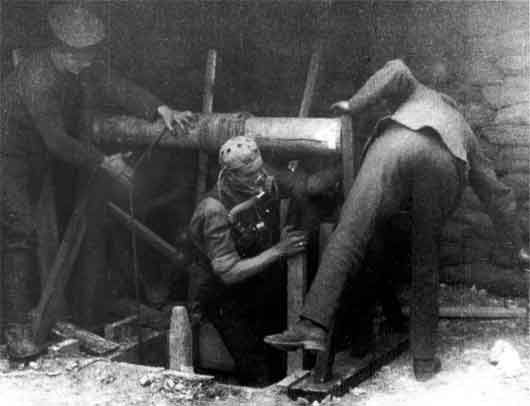Givenchy-lès-la Bassée
By a curious twist of fate, military mining against British and Dominion troops began at Givenchy-lès-la Bassée, nearby the site of the new Tunnellers Memorial. On 21 December 1914 the Germans secretly dug shallow tunnels across No Man’s Land and exploded ten small but deadly mines beneath the primitive trenches of the Indian Sirhind Brigade. As the news spread up and down the line, alarm increased: how could this new and unexpected threat be countered? It couldn’t – adequately – for at that time the British had no military mining corps. Further German blows in the new year spurred the British to react with uncharacteristic alacrity. By March 1915 the first Tunnelling Companies had been formed and were at work in Flanders. By the close of that year mine warfare was more or less continuous wherever opposing trench lines lay within mutual striking distance. It had already become a 24- hour a day, 365-day a year operation.








